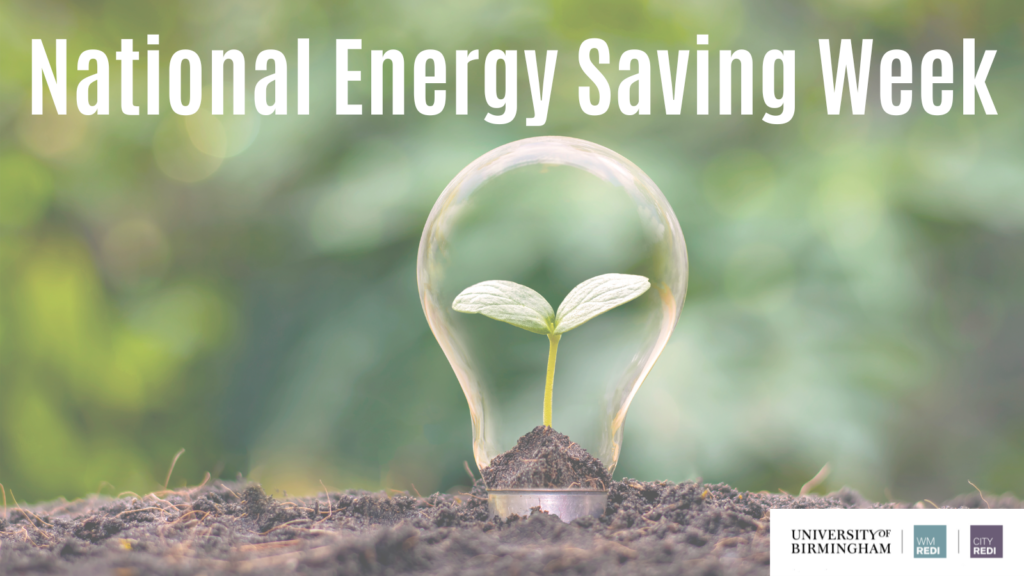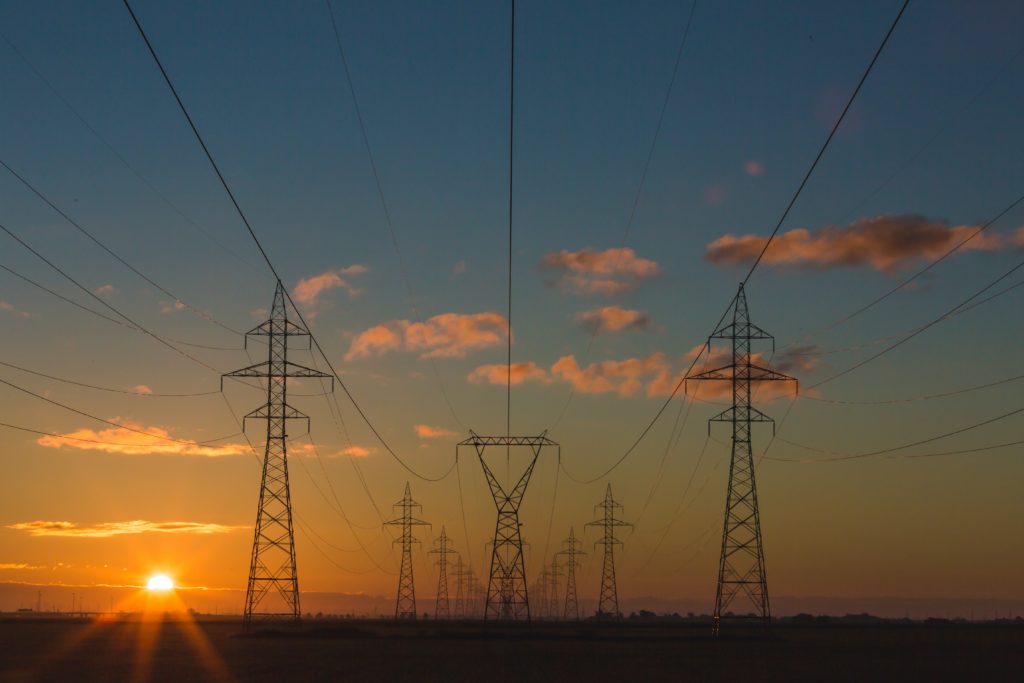
The Energy Crisis is on everyone's minds, to raise awareness of National Energy Saving Week, Annum Rafique discusses the factors influencing the adoption of low-carbon and renewable technologies in domestic buildings in Birmingham.
Climate change has been recognised as a global challenge. To combat climate change, the UK government has made ambitious targets for the country to become a net zero-carbon economy by 2050.
Local authorities have also set their targets to meet this goal. Low-carbon and renewable energy is increasingly being promoted in domestic buildings to reduce carbon emissions since energy consumption in homes accounts for 19.9% of the total GHG emissions.
Reducing Emissions
For the reduction in emissions from the consumption of energy, there has been a shift towards low-carbon and renewable sources such as wind, solar, hydro and biomass to replace the conventional energy sources of fossil fuels like coal and natural gas.
Grants
Grants and subsidies allow domestic consumers to adopt low-carbon and renewable energy measures in their homes. Grants are also available to improve household energy efficiency, minimise energy losses, and reduce energy demand. Despite major efforts, the uptake of low-carbon technology in domestic buildings remains low. Only 4% of households in the UK have renewable energy installed, whereas only 1.7% of households in Birmingham have renewable energy capability.

Studies
Studies show that several barriers, such as high costs (Sharpton, Lawrence et al. 2020), lack of public acceptance and limited knowledge and experience relating to the technology, are hindering the adoption of low-carbon technology (Jiang, Wu et al. 2022).
We are conducting a study to explore the factors influencing domestic consumers’ adoption of low-carbon technology in different areas of Birmingham. Figure 1 shows the per capita solar PV installed in other areas in Birmingham.
We are conducting a study to explore the factors influencing domestic consumers’ adoption of low-carbon technology in different areas of Birmingham. Figure 1 shows the per capita solar PV installed in other areas in Birmingham.
Figure 1: Total Solar PV installed capacity for different areas in Birmingham

Sutton Coldfield and Edgbaston have the highest solar PV installed per capita, whereas Perry Bar has the lowest. The difference between the highest and the lowest solar PV installed per capita in different areas is more than double, implying that there are other reasons for not adopting solar PV than just unwillingness to adopt the technology.
To examine the adoption of low-carbon technology in different areas in Birmingham, we will explore household characteristics such as household size, house size, age, education, and household income that make different areas in the city distinctive.
We aim to promote the uptake of low-carbon technologies in Birmingham by exploring factors that significantly impact the adoption of such technologies. Based on the results, we will propose several practical recommendations to improve the uptake of these technologies to reduce Birmingham’s emissions from domestic buildings.
This blog was written by Annum Rafique, Research Fellow City-REDI / WMREDI, University of Birmingham.
Disclaimer:
The views expressed in this analysis post are those of the authors and not necessarily those of City-REDI / WMREDI or the University of Birmingham.
